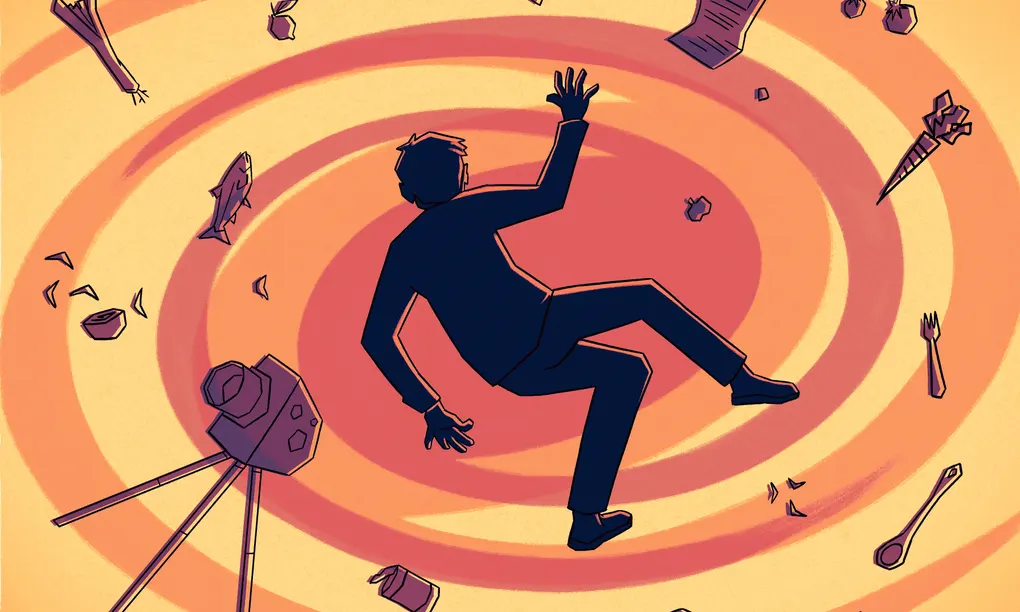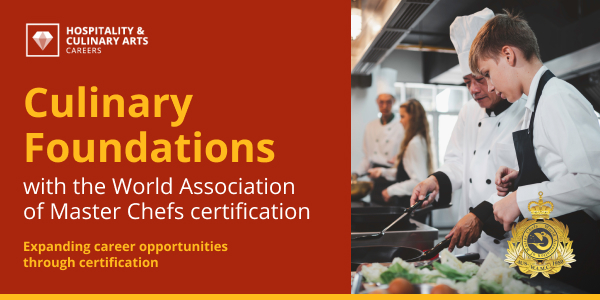For almost as long as there has been TV, there have been cooks on it – from 1940s original Philip Harben to the Sainted Delia – but it was around 1999 that TV producer Pat Llewellyn, in a blaze of genius, brought Jamie Oliver and Gordon Ramsay to life on our screens, in sweaty whites and clogs, but repositioned as sexy. These weren’t TV presenters with some distant history of cooking or food writing, these were real chefs and we were going to share their lives and love them like rock stars.
Celebrity chefs with one foot in the kitchen and one on the studio floor became the dominant phenomenon of British media and for a couple of decades, the overwhelming ambition of many young cooks was to break into TV, while the image – mercurial, driven, invariably male, perfectionist, a Marco Pierre White filtered through his scion Ramsay – became a template. All that, though, is suddenly up for grabs. We’re witnessing a change in the peculiar relationship between chefs and celebrity.
The death of Anthony Bourdain, who first glamorised the grimy cook’s life and created the possibility that it could be interesting, felt significant. As did restaurant critic Marina O’Loughlin’s recent takedown of “The MasterChef Problem” – the sometimes reactionary influence the programme has on the UK restaurant world.
Outside of the fashionable postcodes of London, MasterChef and The Great British Menu cast a long pall. The definition of the highest quality dining used to be a sneering sommelier and a waiter who set fire to your dessert at a tableside cart, but to an audience hammered by the enthusing of Gregg Wallace and John Torode, it became foams, smears, a tasting menu and a chef who could be heard bellowing at his staff from the dining room. Competitive chef contests all but created a fine dining industry outside London, prescribing a house style and then advertising it on primetime TV every week.
But now, chefs outside London are having to question how far this can be sustained. The real spenders, the local gold shoes and blazers customer base, don’t seem all that interested in no-choice, blind-tasting menus any more – in the personal vision of some local cook who’s not on the telly and now looks like he never will be. So they are having to reassess what draws the locals in. It must feel very uncomfortable. The original seductive promise was that tall and tiny food on custom-made plates elevated you above banging out steak and chips and Sunday roasts to the local worthies – but now a whole cohort of regional stars is buying up local pubs to do exactly that, and quite possibly make a living.
The problem is that TV, the medium that created the chef as celeb, is not bringing new talent to the screen. The last few commissioning cycles have seen the major channels making programmes with people who were big at the start of all this. Rick Stein, James Martin, even more Ramsay – safe-hands presenters who are now a long way from soiling their hands in a professional kitchen. I spoke to Melanie Jappy, who produced shows with Heston Blumenthal, Hugh Fearnley-Whittingstall and Raymond Blanc before launching The Wine Show, and asked her how she saw the scene.
“While there probably was a glut at one point, that market has thinned massively, leaving the big hitters,” she says. “The real reason these guys survive is that they connect on multiple levels with a very broad range of people. Connectivity is what we always look for in great presenters. The feeling that they are just talking to me and no one else.”
It’s almost as if that kind of genuine enthusiasm, ability to share and communicate, that level of emotional intelligence is the diametrical opposite to the obsessive archetype that the media has created for its chefs.
In the last dozen places I’ve really rated critically, if you even offered the Brilliant Young Chef a TV slot, they would laugh at you. Can you imagine the chefs at Sabor, Bright or Lyle’s doing a series on “15-minute Family Suppers”? Who wants three months of being yelled at by somebody with a clipboard in a hot studio for “the exposure”? It’s almost as if the new generation seems interested in old-fashioned notions – outstanding food, hospitality and maybe, just maybe, building a decent restaurant business that’s sustainable through whatever the economy is about to throw all over us in steaming buckets.
The bigger picture suggests an industry in transition. For many years now, the high point of the chef’s year has been the 50 Best Restaurants awards, with its red carpet, paparazzi and all the fol-de-rol of international celebrity. But last year there was a backlash against the absence of women, of entire cuisines and a list of “usual suspects”. This year commentators warned that the awards were losing significance by failing to engage the #MeToo generation. Meanwhile, the Michelin system itself, the original gold standard of top-quality international cuisine is losing its appeal, increasingly dismissed by restaurant-goers as turgid and unable to reflect the reality of a dining scene that crosses cultures seamlessly.
So I feel confident in predicting that the worlds of restaurant cooking and TV celebrity, which for a couple of decades were mashed into a single job, are drifting apart again. Formats – both “stand-and-stir” and faked jeopardy “competitions” are dying as general viewers turn to other flavours of reality show. Meanwhile, hardcore food lovers turn to Netflix and YouTube for helpings of Ugly Delicious and Samurai Gourmet. There will always be cooks on telly and there will always be brilliant chefs working quietly, but the days of the old-fashioned celebrity chef, bestriding both worlds like a dyspeptic colossus are numbered.
Tim Hayward is a restaurant critic and food writer







